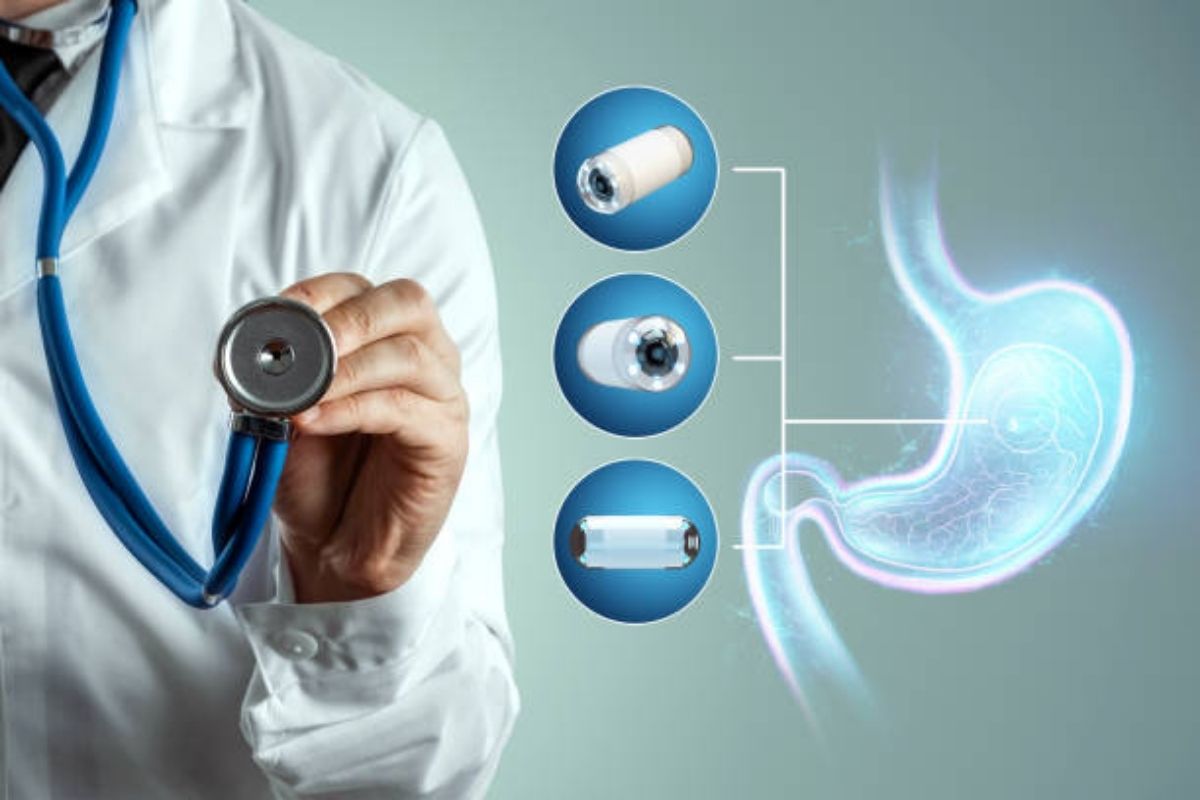
Cholangitis: symptoms, causes and treatment
Cholangitis is a severe inflammation (also known as inflammation) of the bile ducts that occurs when there is a mechanical blockage of the bile ducts
These blockages may be due to stone formation, but also originate from obstructive processes complicated by the presence of bacterial or parasitic infections, whether benign or malignant in nature.
Inflammation of the bile ducts can also depend on autoimmune mechanisms.
But how many forms of cholangitis can occur?
- Infectious or ascending cholangitis: its most common cause is choledocholithiasis
- Acute suppurative cholangitis
- Sclerosing cholangitis: occurs when inflammation of the bile ducts comes from autoimmune mechanisms
- Toxic cholangitis: is caused by reflux of pancreatic juices
- Chemical cholangitis
- Allergic cholangitis
Infectious forms: causes and symptoms
Infectious cholangitis can be either acute or chronic.
The acute infective form is favoured by biliary stasis and originates from obstructive processes of the extrahepatic biliary tract and bacterial infection of the bile.
It is rare for bacteria to spread via the bloodstream, more easily the infection develops by the ascending route (hence the name of the disease, ascending cholangitis).
Rarer bacteria that can infect the bile include Ascaris lumbricoides or Clonorchis sinensis.
More common ones include escherichia coli, pnemobacilli, the streptococci family, salmonella bacteria, enterobacter, clostridia, knebsiella and pseudomonas.
When bacteria are not responsible, infectious cholangitis can also be caused by injuries following surgery performed on the stomach, duodenum or appendix.
More rarely it occurs in the presence of problems in the digestive system.
For example typhus, intestinal fistulas, ulcers, duodenal diverticula and acute appendicitis.
It can also be associated with disorders of the pancreas, such as cystic fibrosis, pancreatitis and pancreatic or lymph node and liver tumours, as well as tuberculosis.
When bacterial infections are particularly serious, they are affected by the presence of pus and lead to acute suppurative cholangitis, which promotes complications such as necrosis, haemorrhage and the risk of ulceration.
What symptoms are associated with infectious cholangitis?
Depending on the patient’s state of health, liver symptoms such as nausea, vomiting and digestive difficulties may occur.
But also intermittent fever, abdominal pain, chills, jaundice (or generally changes in skin colour), dark urine and light stools.
The coexistence of fever, jaundice and pain in the right hypochondrium is called Charcot syndrome and is associated with cholangitis.
Sclerosing cholangitis
The origin of sclerosing cholangitis is autoimmune: inflammation of the bile ducts occurs spontaneously, due to adverse immune reactions in the bile ducts, which abnormally narrow and create a blockage.
Cholangitis: diagnosis and tests
A doctor specialising in gastroenterology treats all forms of cholangitis.
Once the symptoms have been verified, the first thing to do is to prescribe blood tests to check the haematochemical parameters.
In the presence of infectious cholangitis, it will be characteristic to note the rise in bilirulina, white blood cell count (leucocytosis-neutrophilia), Ves and enzymes related to biliary stasis such as alkaline phosphatase.
A special test, called cholangiography, can analyse the bile ducts by checking for irregularities and stenosis and monitoring the outflow and any mechanical obstructions present.
Ultrasound, CT and MRI scans, on the other hand, can assess the walls of the bile ducts to see if they are thicker or if stones are present.
If left untreated, this disease can lead to complications such as liver abscess, secondary biliary cirrhosis, liver and kidney failure.
In the case of septal shock, the consequences can prove fatal. The treatment of infectious cholangitis consists of the use of broad-spectrum antibiotics, as well as the physical removal of mechanical blockages obstructing the ducts by laparoscopic or endoscopic surgery.
Cholangitis: treatment paths
The choice of antibiotic is always dependent on the pathogen that triggered the infection.
Levofloxacin, a member of the quinolone class, is useful for treating cholangitis dependent on a streptococcal infection.
For the treatment of bacterial cholangitis originating from other bacteria, on the other hand, preparations that combine penicillin with an anaesthetic are useful, while when faced with an escherichia coli infection, drugs belonging to the flutoquinolone class or azithromycin, a macrolide antibiotic, are recommended.
In the case of salmonella infections, cefotaxime is indicated, while gentamicin is administered to treat pseudomonas aeruginosa cholangitis.
In all cases, therapy must be accompanied by a corresponding analgesic and antispasmodic prescription of anti-inflammatory drugs that can relax the muscles.
These often include meperidine and pethidine, an opioid indicated to keep pain at bay, while scopolamine butylbromide is indicated to relax smooth muscles.
If the pain in the biliary tract is so intense that it induces nausea and vomiting, the administration of anti-emetic drugs can alleviate the problem without, however, being able to cure the triggering causes, but only stimulating intestinal motility, favouring peristalsis and digestion.
Finally, drugs based on ursodesoxycholic acid or ursodiol have been administered to act on the symptomatology linked to changes in the colour of the skin that becomes dull and yellowish (jaundice), which are particularly effective in dissolving cholesterol and gallstones, especially if the related symptomatology is that of jaundice.
Chenodesoxycholic acid, the most important bile acid produced by the liver, is also used to help dissolve gallstones in manifestations of jaundice and cholangitis.
Read Also
Emergency Live Even More…Live: Download The New Free App Of Your Newspaper For IOS And Android
What Is Cholecystitis? Symptoms, Diagnosis And Treatment
Sclerosing Cholangitis: Symptoms, Diagnosis And Treatment
The Dangers Of Raw Or Undercooked Fish: Opisthoriasis
First Time Ever: Successful Operation With A Single-Use Endoscope On Immunodepressed Child
Crohn’s Disease: What It Is And How To Treat It
Wales’ Bowel Surgery Death Rate ‘Higher Than Expected’
Irritable Bowel Syndrome (IBS): A Benign Condition To Keep Under Control
Colitis And Irritable Bowel Syndrome: What Is The Difference And How To Distinguish Between Them?
Irritable Bowel Syndrome: The Symptoms It Can Manifest Itself With
Crohn’s Disease Or Irritable Bowel Syndrome?
USA: FDA Approves Skyrizi To Treat Crohn’s Disease
Crohn’s Disease: What It Is, Triggers, Symptoms, Treatment And Diet
Rare Diseases: Primary Sclerosing Cholangitis


